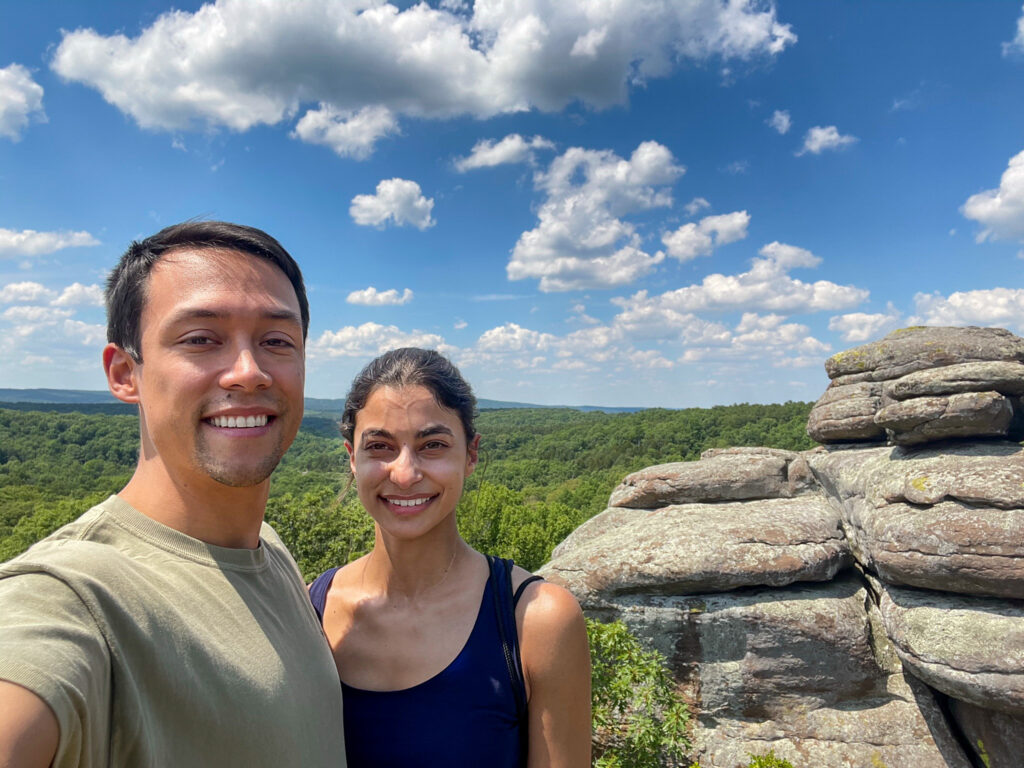Why did you choose Washington University for residency training?

I have just started the first few weeks of my PGY-2 year. I Initially chose WashU because of the strong operative experience afforded by the prominent surgical faculty in the department, remarkable facilities, and high volume of patients. At the time I was applying, I was discouraged by the fact that most other programs were structured with minimal hands-on surgical time built in to the first two years of residency.
I’ve been thrilled with the fact that this program values early operative experience, as I spent most of my first year operating directly with attendings.
What residency rotations have you enjoyed the most?
Our laryngology rotation has been my favorite so far because it focuses on restoring necessary functions essential to the daily life of patients. Operating with surgical approaches to diverse laryngeal pathologies hands on during this rotation, I find it rewarding to be able to repair a patient’s ability to breathe, speak, and eat with interventions on the small and intricate anatomy of the larynx.

I have a strong interest in pursuing laryngology as a subspecialty so most of the ENT research I have completed investigates voice outcomes following laryngeal framework surgery.
What do you do in your free time?
Outside of the hospital, I enjoy biking, playing volleyball, writing poetry, and solving puzzles. I joined a rock-climbing gym last year, so you can sometimes find me scaling the branches of trees at Forest Park.
What is at the top of your bucket list, and why?
Hiking the Utah Mighty five! I have really enjoyed hiking and camping at some of the nature preserves near St. Louis like Jackson Falls and Garden of the Gods, and I find myself craving trails with really beautiful scenery.
What would most surprise your colleagues to learn about you?

Many of my colleagues are surprised to learn about my Rubik’s cube collection. I have been solving and collecting Rubik’s puzzles of all shapes and sizes since I was 13. When I got through the standard 3×3, instead of just trying to find faster ways to solve the same cube, I started looking for bigger, more complex puzzles. I have worked my way up to a 13×13, solved various shapes of puzzles ranging from pyramids to icosahedrons, and found cubes with elaborate designs that twist and shuffle like transformers. Each puzzle is a brainteaser that poses a unique challenge. I love the reward of that “eureka” moment when I finally decipher how to unscramble a new one.
